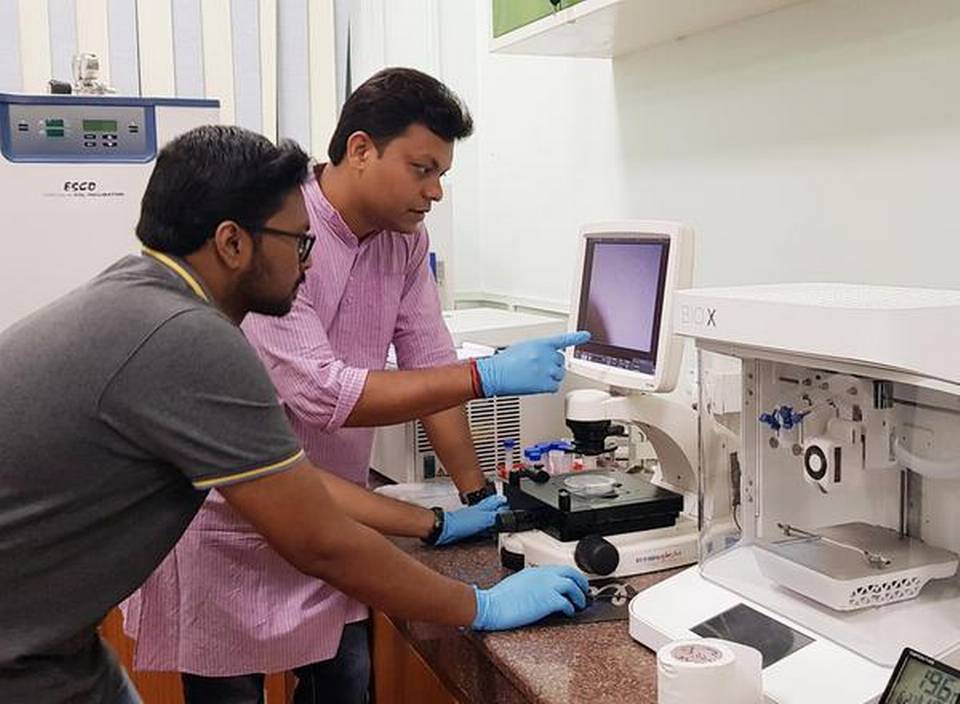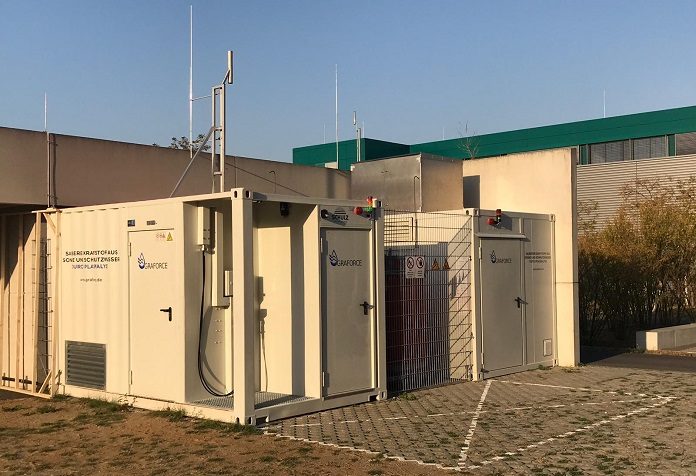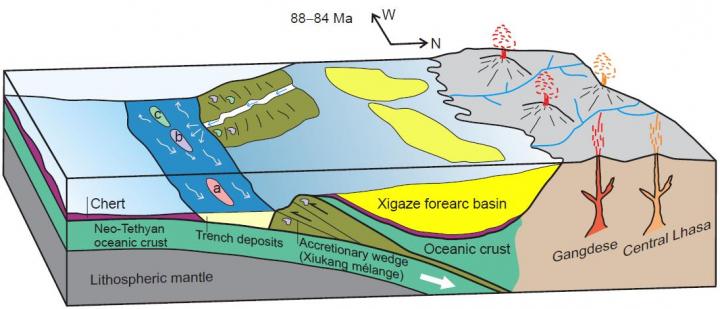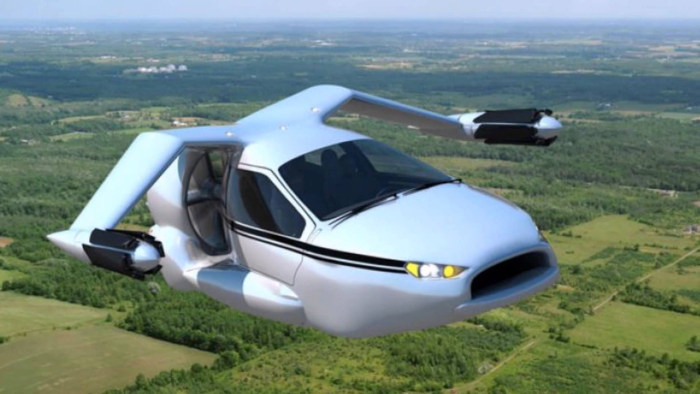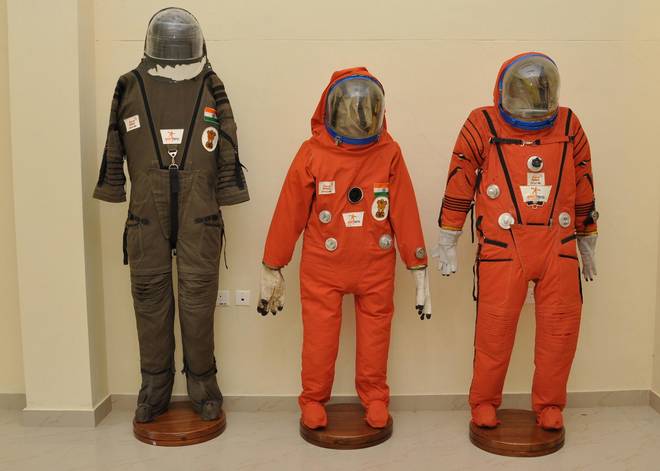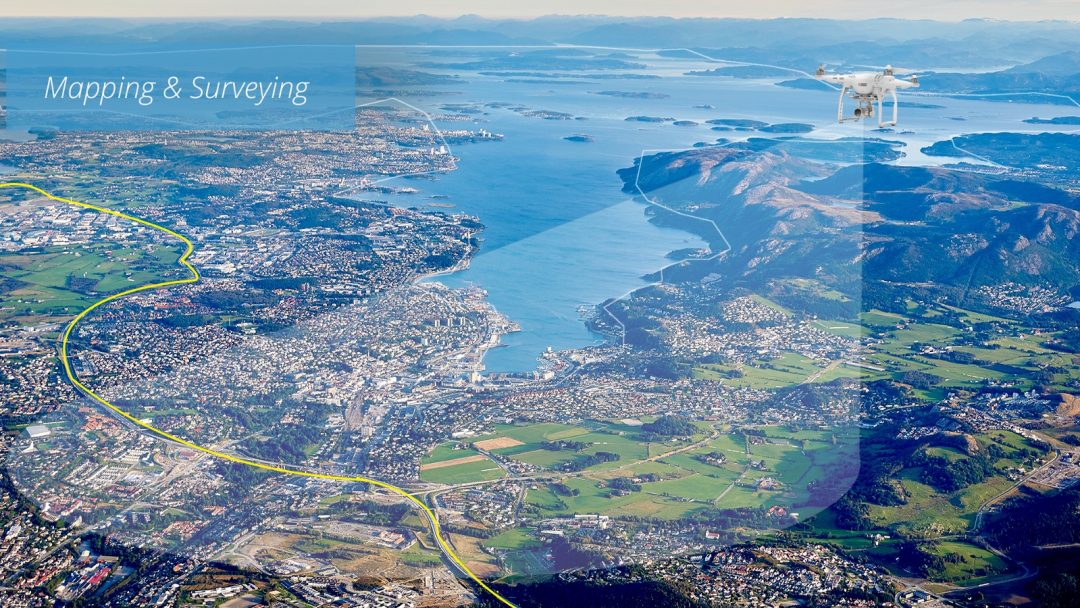The Pentagon has strongly denied the reports that the US spied on India’s anti-satellite missile test by sending a reconnaissance aircraft from its base in Diego Garcia in the Indian Ocean to monitor the development. It, however, said the United States was aware about India’s first test-fire of an anti-satellite missile. “No US assets were spying on India. In fact, the US continues to expand its enduring partnership with India, resulting in enhanced interoperability and stronger economic ties,” US Defense Department spokesperson Lt Col David W Eastburn said. Aircraft Spots, which monitors military air movements, had said that a US Air Force’s reconnaissance aircraft from its base in Diego Garcia went “for a mission in the Bay of Bengal to monitor India’s anti-satellite missile test”. This was interpreted by many that the US spied on Indian ASAT test. “I don’t think that it implies coordination between India and the US,” astronomer Jonathan McDowell from the prestigious Harvard-Smithsonian Center for Astrophysics told PTI on the Aircraft Spots report. “This implies that the US intelligence community were aware of the test in advance because to some extent they’re spying on India,” he alleged. “Everybody spies on their friends as well as their enemies. That’s the way the world works these days. It would be surprising if the US were not detecting or observing the launch site and aware of activities preparing for the test. So one assumes that they knew it was coming,” he claimed. Prime Minister Narendra Modi had on Wednesday announced that India successfully test-fired an anti-satellite missile by shooting down a live satellite, describing it as a rare achievement that puts the country in an exclusive club of space super powers. The test made India the fourth country in the world after the US, Russia and China to acquire the strategic capability to shoot down enemy satellites.
— PTI
Sc. & Tech.
by R Prasad
A scaffold made of silk–bone cement composite doped with silicon and zinc metal ions has been found to regenerate new bone tissue in rabbits in three months. The newly formed bone forms a seamless joint with the existing bone and has blood vessels inside it. Tests carried out on rabbits with defective thigh bone (femur) showed extensive bone formation of 73% at the end of 90 days compared with 49% in the case of scaffold made only of silk fibre. Even at the end of 30 days, there was adequate bone regeneration and new blood vessel formation.
Superior graft
The bone graft fabricated and tested by researchers at the Indian Institute of Technology (IIT) Guwahati is superior to currently available ones, affordable and does not require external use of growth factors for bone cells to grow.
“At the end of three months, the silk fibre had completely degraded leaving behind a homogeneous bone produced by rabbit bone cells. The newly formed bone had healed the defective femur,” says Prof. Biman Mandal from the Department of Biosciences and Bioengineering, IIT Guwahati who led the team. The bone cement made of calcium phosphate becomes a part of the bone while the biocompatible metal ions (silicon and zinc) get leached out at the end of 90 days.
The team is now validating the bone graft in large animals for clinical translation.
The scaffold is fabricated by first doping the bone cement with silicon and zinc and mixing the bone cement with chopped mulberry silk fibre. The bone cement gets adsorbed on the silk fibre. Liquid silk fibre is then added to bind the chopped fibre and bone cement; the liquid silk also makes the composite highly porous. The silk–bone cement composite has higher density and strength, more surface area and high surface roughness, closely resembling a native bone.
“The zinc and silicon ions get leached from the composite and activate bone and blood vessel cells. This leads to faster regeneration of the bone tissue and blood vessel formation,” says Prof. Mandal. “By doping with these metal ions we are doing away with external addition of growth factor and also making the graft affordable.”
“While the silk scaffold provides the physical cues, the silicon and zinc metal ions provide the chemical cues. These two synergistically mimic the biological cues which people use for tissue engineering,” explains Joseph Christakiran Moses from the Department of Biosciences and Bioengineering, IIT Guwahati and first author of a paper published in the journal ACS Biomaterials Science & Engineering.
Explaining how new blood vessels are formed, Moses says: “Silicon and zinc trigger a molecular response within the bone cells which makes them feel that they are lacking oxygen (triggering hypoxia response element). So the bone cells start secreting pro-blood vessel forming (angiogenic) signals leading to vascularisation.”
Bone regeneration
The compressive strength of silk fibre is about 40 kPa, while it is nearly double in the case of the silk–bone cement composite. Though doping with the silicon and zinc metal ions reduces the mechanical properties, particularly the compressive strength, the bulk strength of the doped composite is sufficient to activate bone regeneration.
Through in vitro studies carried out prior to experimentation with rabbits, the researchers realised that incorporation of bone cement and metal ion doped bone cement enhanced the bone tissue regeneration capacity.
While the composite was seeded with bone cells for in vitro studies, in rabbits, the composite was used without adding any bone cells. “Bone cells from neighbouring tissue migrate and bind to the scaffold and aid in bone regeneration,” Prof. Mandal says. The high porosity allows the bone cells to migrate and occupy the insides of the composite and regenerate the tissue, while the surface roughness of the composite, which closely mimics the native bone, facilitates faster and better regeneration of the bone.(Source: The Hindu)
The German technology company Graforce has introduced a unique technology: Plasmalysis saves resources in its highly efficient generation of hydrogen from industrial waste water. Mixing in biogas produces hydrogen-enriched compressed natural gas (HCNG) – a cost-effective, environmentally friendly fuel for vehicles that also generates electricity and heat. The technology not only converts wastewater pollutants into valuable energy, but also reduces emissions (CO2, CO, HC) by 30 to 60 percent. Nitrogen oxide emissions are also reduced by up to 60 percent. Graforce’s partners include carmaker Audi and Berliner Wasserbetriebe.
“The technology we’ve developed is capable of cleaning wastewater and producing a low-cost, low-emission fuel from it,” says Graforce founder Dr. Jens Hanke at today’s launch of a demonstration plant in Berlin. “This lets us contribute to solving two pressing problems at once: air pollution and wastewater treatment.”
Cost-effective fuel with lower emissions
Graforce produces hydrogen using the plasmalysis process in its demonstration plant in Berlin. The process uses electricity to split wastewater obtained from biogas, sewage treatment and industrial plants into oxygen and hydrogen. Mixing hydrogen with biogas produces HCNG, which can be used as fuel in natural gas vehicles and in block heating and gas power plants. Only purified water and oxygen remain as waste products. Hydrogen production using plasmalysis is 50-60% cheaper than with conventional processes.
Audi tests wastewater use of methane production with e-fuels
German carmaker Audi has also been committed its reliance for many years to alternative, synthetic fuels. One of the biggest challenges to e-fuel production is the wastewater produced by biogas plants. It requires very expensive cleaning or disposal. Integrating plasmalysis technology into Audi’s e-fuel plants repurposes the wastewater into hydrogen production while purifying it at the same time. This enables Audi’s systems to be used more efficiently. “Graforce’s plasmalysis is an important contribution to low-emission fuel production while boosting the economy and efficiency of biogas and power-to-gas plants,” explains Dr. Hermann Pengg, Head of Project Management for Renewable Fuels at Audi and CEO of Audi Industriegas GmbH.
BY KATHERINE HIGNETT in Newsweek
Some scientists believe a mysterious, as-yet-unseen planet might be causing a number of minor planets to take strangely uniform paths around the sun. But so far, the elusive celestial object has remained undetected.
Back in 1846, astronomer Johann Galle observed Neptune for the first time after its position was predicted by mathematician Urbain Le Verrier. Scientists had spotted something strange afoot in the orbit of Uranus, and Le Verrier thought another planet was to blame. Sure enough, when he sent his findings to Galle, the astronomer located Neptune from the Berlin Observatory.
Planet 9, scientists think, might be causing similar perturbations today. “If things are in the same orbit, then something’s pushing them,” Scott Sheppard, an astronomer at the Carnegie Institution for Science in Washington, said of the strange minor planets to Quanta Magazine back in July.Recommended Slideshows
Unlike Neptune, Planet 9 would be much harder to capture through a telescope. Astronomers Michael Brown and Konstantin Batygin think the mysterious orb might travels on an elliptical orbit up to 1,000 times further from the sun than Earth, Quanta noted. This means the planet travels through an incredibly dark region of space where the sun’s rays are relatively weedy.
But increasingly impressive telescopes are helping astronomers get closer to finding—or discounting—Planet 9 once and for all.
Perhaps most promising is an upcoming project called the Next Generation Cosmic Microwave Background Experiment, which astronomers hope will shed light on space mysteries like neutrinos, dark energy and cosmic inflation. The ambitious project will use ground-based telescopes with highly sensitive cameras to “provide a dramatic leap forward in our understanding of the fundamental nature of space and time and the evolution of the Universe,” its website states.
See All Of The Best Photos Of The Week In These Slideshows

File photo: Mysterious planets are depicted in space.GETTY IMAGES
“There would be nowhere for Planet Nine to hide once this thing was turned on,” Gilbert Holder, a cosmologist at the University of Illinois, told Quanta.
This project, however, is years from completion. Other scientists turn to the data we already have. Astrophysicist Matthew Holman at the Harvard-Smithsonian Center for Astrophysics told Quanta that data from Cassini’s voyages near Saturn doesn’t quite match up with the orbit you’d expect from a solar system without Planet 9. Even though it’s effects on the giant Saturn would be small, he thinks that trace might just exist. “If you put a planet in…the fit would be better,” he said.
But NASA thinks noise from Cassini itself is enough to explain these kinds of discrepancies.
Read More: Conspiracy Theorists Think Planet X Will Kill Us All Soon—here’s Why They’re Wrong
Whether it exists or not, astronomers will keep on searching for Planet 9 in diverse and creative ways. Some scientists have even turned to historical art to probe the possible planet. Researchers are matching up depictions of comets in medieval art to known comet movements. Exactly when those comets were visible, they previously told Live Science, “depends on whether our computer simulations include Planet Nine.”
“So, in simple terms,” they added, “we can use the medieval comet sightings to check which computer simulations work best: the ones that include Planet Nine or the ones that do not.”
However it’s found, or disproved, the hunt for elusive planet is throwing up all kinds of exciting astronomical discoveries. “We’re trying to find anything that goes bump in the night, really,” Sheppard said.
Jiachala Formation from Yarlung Zangbo suture zone in Tibet, China
IMAGE: PALEOGEOGRAPHIC SCENARIO FOR THE JIACHALA FORMATION. A) JIACHALA FORMATION, B)&C) OTHER TRENCH DEPOSITS TO THE WEST
The Jiachala Formation was fed largely from the Gangdese arc have long been considered as syn-collisional foreland-basin deposits based on the reported occurrence of Paleocene-early Eocene dinoflagellate cysts and pollen assemblages. Because magmatic activity in the Gangdese arc continued through the Late Cretaceous and Paleogene, this scenario is incompatible with U-Pb ages of detrital zircons invariably older than the latest Cretaceous.
In order to solve this incongruence and constrain the depositional age and tectonic setting of the Jiachala Formation, a new research was carried out with stratigraphic, sedimentological, provenance analysis including sandstone petrography, detrital zircon U-Pb age and Hf isotopic data; and paleontological analysis by Prof. Xiumian Hu’s group at Nanjing University.
According to this research, the Jiachala Formation was originally deposited on a submarine fan in the trench environment at the active southern margin of the Asian plate. Sandstone petrography, detrital-zircon U-Pb ages and Hf isotope ratios indicate provenance from the Gangdese arc and the central Lhasa terrane. Because magmatic activity in the Gangdese arc was virtually continuous, the youngest population of detrital zircons contained in the Jiachala Formation constrain its depositional age as Late Cretaceous (~88-84 Ma). What’s more, based on the U-Pb age spectra of detrital zircons and sandstone petrography, there are no Paleocene-Eocene units similar to the Jiachala Formation which compares well with Upper Cretaceous exposed within and close to the Yalung Zangbo suture zone (Figure 1).
Integrated geological information indicates that the Jiachala Formation accumulated in the Neo-Tethyan trench during subduction of oceanic lithosphere (Figure 1).In summary, this research gives a new interpretation about the Jiachala Formation and enriches the case study of the arc trench system of the active Asian continental margin.
This research was funded by the National Natural Science Foundation of China (Grant Nos. 41525007, 41602115).
See the article: Fu H, Hu X, Crouch E M, An W, Wang J, Garzanti E. 2018. Upper Cretaceous trench deposits of the Neo-Tethyan subduction zone: Jiachala Formation from Yarlung Zangbo suture zone in Tibet, China. Science China Earth Sciences, 61: 1204-1220, https://doi.org/10.1007/s11430-017-9223-5
http://engine.scichina.com/doi/10.1007/s11430-017-9223-5
Souce: EurekAlert
NEW DELHI: Japan is making a push to develop flying cars, enlisting companies including Uber Technologies and Airbus in a government-led group to bring airborne vehicles to the country in the next decade, according to people familiar with the matter.
The group will initially comprise about 20 companies, including Boeing, NEC Corporation, a Toyota Motor-backed startup called Cartivator, ANA Holdings, Japan Airlines and Yamato Holdings. Delegates will gather August 29 for the first of their monthly meetings, the people said, asking not to be identified citing rules. The Ministry of Economy, Trade and Industry and the Transport Ministry plan to draft a road map this year, they said.
An Uber spokeswoman confirmed the company’s participation in the group, but declined to comment further. Representatives for Airbus, Boeing and others declined to comment, as did those for the trade and transport ministries.
Flying cars that can zoom over congested roads are closer to reality than many people think. Startups around the world are pursuing small aircraft, which were until recently only in the realm of science fiction. With Japanese companies already trailing their global peers in electric vehicles and self-driving cars, the government is showing urgency on the aircraft technology, stepping in to facilitate legislation and infrastructure to help gain leadership.
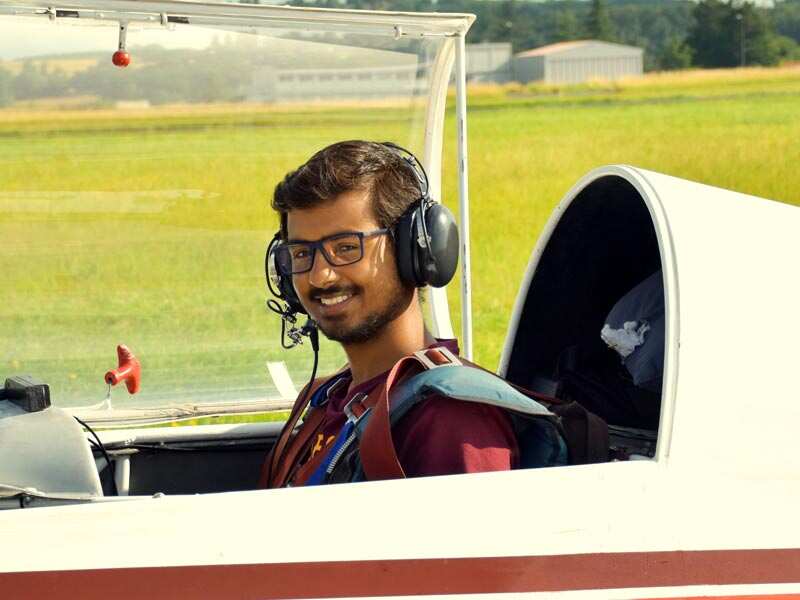
Many have already had a head start in the race. Uber, which will invest 20 million euros ($23 million) over the next five years to develop flying car services in a new facility in Paris, has set a goal of starting commercial operations of its air-tax business by 2023. Kitty Hawk, the Mountain View, California-based startup founded and backed by Google’s Larry Page, in June offered a glimpse of an aircraft prototype: a single-person recreational vehicle.
Other global companies envisioning this new form of transportation include Volkswagen, Daimler and Chinese carmaker Geely Automobile Holdings. Japanese carmakers have not yet announced their plans to develop flying cars.
Japan’s Economy Minister Hiroshige Seko told reporters this month that flying cars could ease urban traffic snarls, help transportation in remote islands or mountainous areas at times of disasters, and can be used in the tourism industry.
Japan pushes for flying cars, Uber and Airbus in the list
The technology, just like aviation, would need to win approvals from several regulators that can take many years. That would also happen only when safety standards are set by agencies, without which commuters won’t embrace the flying craft.
Japan wants to take a lead in writing the rules for this nascent industry, as policy makers think the current aviation regulations are mostly set by Europe and the US, one of the people said.
_____________________________________________________
The term “flying car” is often misused to describe passenger drones, which are simply aircraft at their core, but the term is appropriate for Terrafugia, which makes vehicles that can both drive on roads and fly in the sky.
Now Geely, the Chinese automotive company behind Volvo, announced that it acquired the company in order to bring their technology to market.
Terrafugia was founded by 5 MIT graduates and they have been working on their flying car technology for a decade during which time they’ve built several prototypes.
They first started with internal-combustion engine vehicles, but they also unveiled an electric version last year: the TF-X.
“Terrafugia’s vision for the future is the TF-X™: a mass-market flying car with the potential to revolutionize the way we all get around. An all-electric vehicle with vertical takeoff and landing (VTOL) capabilities and computer-controlled flight, the TF-X™ is the flying car of the future”
The plug-in hybrid vehicle has a range of 500 miles (800 km) according to the company.



Geely wants to leverage its own knowledge and technology through its other subsidiaries, which are also going electric, like Volvo and Lynk & Co, in order to bring Terrafugia’s flying cars to market.
Zhejiang Geely Holding Group Founder and Chairman Li Shufu commented on the acquisition:
“The team at Terrafugia have been at the forefront of believing in and realizing the vision for a flying car and creating the ultimate mobility solution. This is a tremendously exciting sector and we believe that Terrafugia is ideally positioned to change mobility as we currently understand it and herald the development of a new industry in doing so. Our investment in the company reflects our shared belief in their vision and we are committed to extending our full support to Terrafugia, leveraging the synergies provided by our international operations and track record of innovation, to make the flying car a reality.”
They didn’t disclose the terms of the acquisition, but they say that in anticipation from Geely’s support, they are already tripling their engineering staff and plan to bring their first vehicle to market in 2019 – followed by their first VTOL aircraft, like the TF-X, in 2023.
Electrek’s Take
Obviously, there are a lot of problems with flying cars or any of those new types of “passenger drone” personal aircraft being unveiled lately.
It’s a nightmare from purely a regulatory standpoint. What kind of course or license do you need to have to operate those vehicles? Where can you operate and land them? And then even if you have the right to operate them, is it safe to significantly increase the number of flying objects over our heads?
Nonetheless, those technologies have just so much potential to reduce traffic and traveling time that it’s still worth exploring and it’s certainly interesting to see a large and serious company like Geely getting behind a startup like that.
After this announcement and Daimler investing $30 million in an all-electric vertical take-off and landing aircraft earlier this year, I’m starting to think that we are going to start to see things move faster in this space soon.
Are we finally going to see the long-promised flying car future? Let us know what you think in the comment section below.
NEW DELHI: India’s Chandrayaan 1 spacecraft helped NASA confirm the presence of frozen water deposits in the darkest and coldest parts of the Moon. Chandrayaan 1 was India’s first lunar mission that was launched on 2008 by the Indian Space Research Organisation. NASA’s Moon Mineralogy Mapper (M3) instrument, aboard the Chandrayaan 1 spacecraft, collected data that not only picked up the reflective properties of ice, but was able to directly measure the distinctive way its molecules absorb infra-red light, so it can differentiate between liquid water or vapor and solid ice. One of the objectives of Chandrayaan 1 is to design, develop, launch and orbit a spacecraft around the Moon.Here are 10 things to know how NASA and Chandrayaan found ice on the Moon:
- Most of the newfound water ice lies in the shadows of craters near the poles. Because of the very small tilt of the Moon’s rotation axis, sunlight never reaches these regions.
- With enough ice on the Moon’s surface – within the top few millimeters – water would possibly be accessible as a resource for future expeditions and even enable stay on the Moon, says NASA.
- The ice deposits are patchily distributed and could possibly be ancient, according to the study published in the journal PNAS.
- The team of researches included Richard Elphic from NASA’s Ames Research Center in California’s Silicon Valley.
- In 2017, using data taken from M3, scientists had created the first global map of water in the Moon’s soil.
- A day after NASA unveiled its analysis of data collected from lunar orbit by Chandrayaan 1, NASA Administrator Jim Bridenstine said, “We know that there is hundreds of billions of tons of water ice on the surface of the moon.”
- Although the moon was long believed to be entirely dry or nearly devoid of moisture, scientists have found increasing evidence in recent years that water exists there. A NASA rocket sent crashing into a permanently shadowed lunar crater near the moon’s south pole in 2009 kicked up a plume of material from beneath the surface that included water.
- Some of the specific areas of Chandrayaan 1 study are searching for surface or sub-surface lunar water-ice, especially at the lunar poles, identification of chemicals in lunar highland rocks and providing new insights in understanding the Moon’s origin and evolution.
- The Chandrayaan 1 spacecraft started suffering from several technical issues and stopped sending radio signals on August 28, 2009. Shortly after this, ISRO officially declared the mission over.
- In 2016, NASA used ground-based radar systems to relocate Chandrayaan-1 in its lunar orbit. Repeated observations over the next three months allowed a precise determination of its current orbit.
ISRO chief says most of the critical technologies are ready
Gaganyaan, the human space flight Programme green-flagged and set for 2022 by Prime Minister Narendra Modi, is highly doable, Chairman of the Indian Space Research Organisation K. Sivan said here soon after it was announced on Wednesday.
V.R. Lalithambika, a specialist in advanced launcher technologies, will helm the project as Director of the Human Space Flight Project.
The mission is estimated at ₹9000 crore. Most of the critical technologies and hardware required for the project are ready or have been demonstrated by its centres. ISRO would now stitch them up into a complete project and present a comprehensive project report to get a formal approval of the government, Dr. Sivan said. “We have tested the necessary critical technologies required for the Human Space Flight Programme (HSP) and are confident of achieving it as stated by the Prime Minister,” he said.
“We will now speed up the paper work and submit a project report for formal approval. We may immediately need around ₹ 2,000 crore for enhancing infrastructure and technologies at two or three centres and we will be asking for this amount,” he told The Hindu.
Describing it more as a national mission than ISRO’s alone, Dr. Sivan, who is Secretary, Department of Space, said it would be the pride of India. It would raise scientific and technological temper across the country and inspire youngsters. “We are excited by this announcement. It is a gift to the nation and we feel proud. It actually energises us across our centres. We do not feel intimidated or tense. We have seen many challenges in our work,” Dr. Sivan said.
When it achieves the mission, India would be the fourth nation to circle Earth after the Soviets, the Americans and the Chinese. In 1984, India’s first astronaut Wing Commander (retd.) Rakesh Sharma orbited Earth as part of a Soviet mission.
A 15-year-old space dream coming true
ISRO revealed the first germ of an HSP in November 2004 and got incremental funds for supporting projects over the next few years. It could not go ahead mainly because the GSLV MarkIII vehicle was not ready until last year. ISRO has also met most of its regular needs. Dr. Sivan said, “In the last few years, we did a lot of groundwork as part of R&D at our centres. We have developed most of the critical technologies needed for a human mission. We demonstrated the flight of a crew module and its re-entry in 2014. On July 5 this year, we conducted an experiment for emergency escape of astronauts called the Pad Abort Test. It will be repeated at higher distances. The rest of the technologies are getting ready and will be realised in time.”
Before his elevation in January this year, Dr Sivan was the Director of the Vikram Sarabhai Space Centre that handled most of the HSP activities.
The most critical elements of the human mission are the Environment Control and Life Support Systems that make the crew capsule liveable and the flight safe for the astronauts. Food and hygiene are other aspects. These technologies are getting ready while space suits are being developed at ISRO, he said.
Facilities are being added or upgraded at a few centres that work on the HSP. The spacecraft will be monitored 24/7 from the ISRO Telemetry Tracking and Command Centre in Peenya. A new dedicated control centre for HSP would be set up at ISTRAC. It must be tracked globally through ISRO stations or of other countries.
The launchpad at the Sriharikota spaceport, the Satish Dhawan Space Centre, would be enhanced for the human mission. The Space Applications Centre which makes electronic devices and instruments for ISRO missions will also get refurbished.
While formal agreements are not yet in place, ISRO will collaborate with the Indian Air Force and its Institute of Aerospace Medicine, Bengaluru, to train astronauts. Various defence labs will be tapped for crew support systems.
Much of the work related to ramping up of infrastructure and supply of hardware would be outsourced to industry in a major way and academia would be involved.

Drones can be difficult to get into as a beginner in this day and age given the multitude of options that have recently flooded the market.
That’s not even including the restrictive price tags most top-of-the-line drones in the market come with – even the entry-level drones of some of the most well-known manufacturers will cost you upwards of US$300-400. It’s just the nature of the game.
On the other hand, some of the more cost-effective options in the market today are seriously lacking either in functionality or durability – you’ll need to buy a camera for the cheapest models, anyway. Not exactly “cost-effective”, isn’t it?
It’s hard to find a good, solid drone packed with features that gives you excellent value for money, and without having to break the bank for one.
It’s all the more difficult to find one that’s perfectly suited for beginners who want more than just the most basic of drones – one that is affordable, easy-to-fly, compact, and fully set-up packed with a camera as well as features that make it versatile enough for most use cases of drones, without all the unnecessary bells and whistles (and exorbitant price tags, for that matter) of the leading brands in the market today.
Well, at least we thought so…until we found this German-designed, cost-effective, and affordable drone with all the necessary features the great majority of drone users will ever need, and more – with an HD camera perfect for taking aerial shots and selfies, all from a body that weighs and measures no more than a smartphone!

The DroneX PRO: Made for Everyone
We’re talking about the brand-spanking new DroneX PRO, a drone that was specifically designed for all flyers, such that anyone and everyone can easily fly it.
It was designed for every user: one who needs one to take majestic, splendid aerial shots and videos, as well as fun, creative, and daring selfies. You can even run your own livestreams and record video clips straight on your smartphone!
The best part? It’s only about the same size as a smartphone, and designed for maximum ease of use.
Literally anyone can master its use within minutes – it’s that easy to use. And it literally fits in your back pocket.

DroneX PRO’s sleek, cutting-edge design was crafted by a couple of German engineers who are passionate about drone technology. The proliferation of clunky, oversized, and heavy drones in the market was the spark that led them to design this highly-compact, immaculately-designed drone, without losing any of the features that today’s best drones possess.
Don’t let the ultra-compact body fool you – the DroneX PRO is designed to handle regular wear and tear.
And it wouldn’t even set you back hundreds of dollars – you can own one for less than US$100.
Just check out the quality of the photos you can take with the DroneX PRO – and imagine all the awesome selfies, photos, and videos you can take!

UPDATE: The folks at DroneX PRO are extending a special offer to our readers! Now with 50% off and with FREE SHIPPING worldwide for a limited time! Order more and get another DroneX PRO….for FREE! Order now!
See DroneX PRO in action:
Foolproof setup and operation
Setting up and operating the DroneX PRO is a breeze.
All you’ll need to do is to install an application by scanning the QR code found on the manual.
The rest is academic – just plug in the battery, open the application, and connect the DroneX PRO – you’ll be up in the skies within 10 seconds.
Flying it is the easy part. The controller it comes with is very responsive and intuitive, and the DroneX PRO is just a pleasure to fly – its handling is absolutely superb and fluid. You will surprise yourself at how simple it is to take to the skies the first time, every time!

You’ll also find yourself taking amazing photos and videos from angles and positions you never thought you’d manage to – all at a simple tap of the button.
Possibly the world’s most portable drone – at your fingertips
The main thing that sets DroneX PRO from the multitude of its competitors is its portability. There is simply nothing in the market that comes close to how easy it is to carry around. It fits your jeans pocket and is no larger than a smartphone. Try fitting any of its closest competitors in your pocket!
Drones in this price range often get a bad rap for being flimsy, but the DroneX PRO will exceed your expectations – it’s made of high-quality ABS plastic, making it light as possible to fly and to handle, but just as much makes it strong enough to withstand regular wear and tear.

The same is true about how easy it is to set up and to fly, regardless of your experience level. You’ll look as though you’d been flying drones forever, even when you just started minutes ago. The easiness of how to fly it frees yourself to concentrate fully on finding the perfect angle for your selfie, your photo, or your video.
Furthermore, quality of the photos and videos you get from its built-in camera will give any of its more expensive competitors a serious run for their money in the quality department. This is as good as quality gets from such as small, affordable, and easy-to-use package.

Lastly, the value this drone gets you for your money is unmatched – try finding a drone that has its features and its design, and you’ll be lucky to find one in its price range. It wouldn’t cost you $400, $300, and not even $200…you can have it for less than $100. The manufacturers are offering it at an absolute steal of a price of just $99…for a limited time only! You will never find a drone of this quality at that kind of price in the market – never.
You just can’t go wrong with the DroneX PRO, no matter what your experience level is – and all the more so if you are a beginner. If you’re still on the fence about buying your first drone, the DroneX PRO is what should get you off of it. It’s available from the official website!UPDATE: The folks at DroneX PRO are extending a special offer to our readers! Now with 50% off and with FREE SHIPPING worldwide for a limited time! Order more and get another DroneX PRO….for FREE! Order now!


